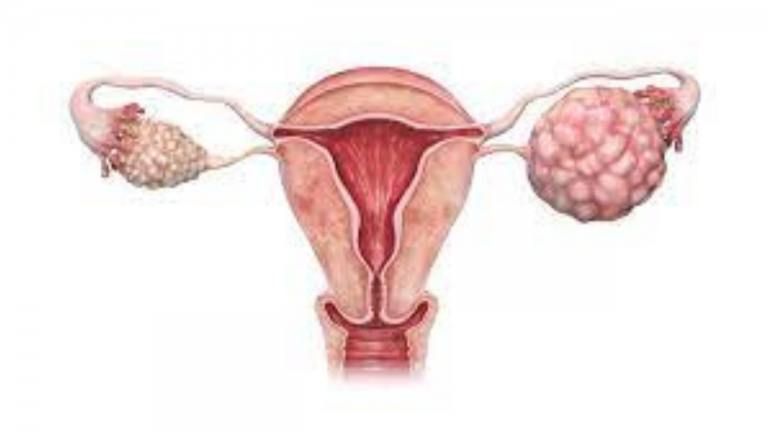The menstrual cycle

The menstrual cycle is a natural, physiological process that occurs in females of reproductive age. It involves a series of hormonal and physiological changes that prepare the body for potential pregnancy. The menstrual cycle typically lasts around 28 days, but it can vary from woman to woman and cycle to cycle. The cycle is divided into four main phases:
Menstrual Phase:
The menstrual cycle begins with the menstrual phase, also known as menstruation or the period. This phase typically lasts for about 3 to 7 days. During this time, the uterus sheds its inner lining, which consists of blood, tissue, and mucus. The bleeding is a result of the breakdown of the endometrial lining because the pregnancy did not occur during the previous cycle. The average menstrual blood loss is about 30-40 milliliters (2 to 3 tablespoons).
Follicular Phase:
Following menstruation, the body enters the follicular phase, which usually lasts from about 7 to 21 days. During this phase, the pituitary gland releases follicle-stimulating hormone (FSH), which stimulates the growth and development of ovarian follicles in the ovaries. Each follicle contains an immature egg (oocyte). As the follicles grow, they produce estrogen, which helps prepare the uterine lining for the potential implantation of a fertilized egg.
Ovulation:
Around the middle of the menstrual cycle (typically day 14 in a 28-day cycle), a surge in luteinizing hormone (LH) triggers ovulation. Ovulation is the release of a mature egg from one of the ovarian follicles. The released egg then travels down the fallopian tube toward the uterus. Ovulation is a crucial phase in the menstrual cycle and is the time when fertilization can occur if sperm is present.
Luteal Phase:
After ovulation, the body enters the luteal phase, which usually lasts for about 10 to 16 days. During this phase, the ruptured ovarian follicle transforms into a structure called the corpus luteum, which produces progesterone. Progesterone helps prepare the uterine lining for the potential implantation of a fertilized egg. If fertilization does not occur, the corpus luteum will eventually degenerate, leading to a drop in progesterone levels.
If the egg is not fertilized, hormone levels decrease, and the uterine lining is shed during the next menstrual period, starting the new cycle. If fertilization does occur, the fertilized egg will implant into the thickened uterine lining, and pregnancy will begin.
The menstrual cycle is regulated by a delicate interplay of hormones, including estrogen, progesterone, FSH, and LH. It can be influenced by various factors, such as stress, nutrition, exercise, and underlying medical conditions. Keeping track of the menstrual cycle can help individuals understand their reproductive health, track fertility, and identify any irregularities or health concerns. If a woman has concerns about her menstrual cycle or reproductive health, she should consult a healthcare professional, such as a gynecologist or reproductive endocrinologist, for evaluation and guidance.



